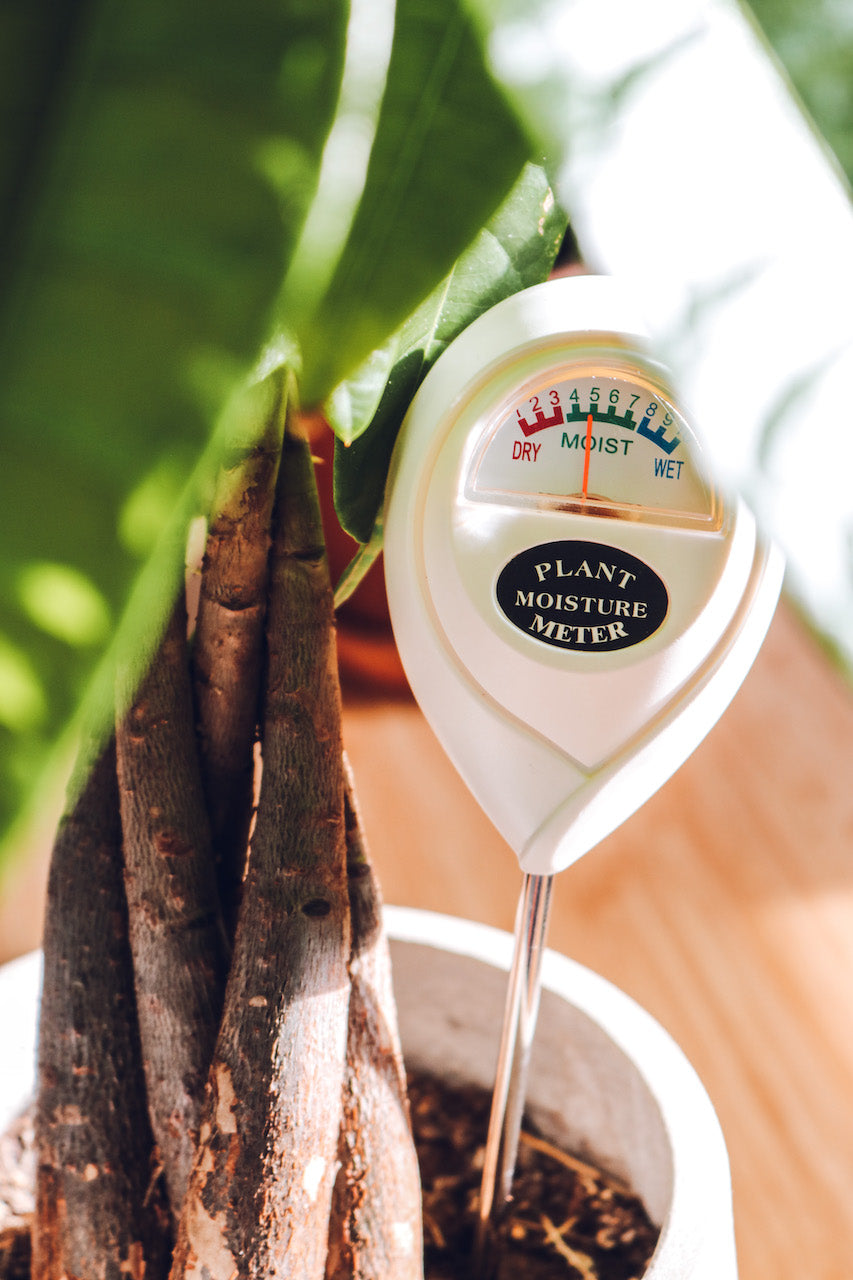How to Utilize a Moisture Meter to Spot Surprise Water Damage in Your Property
How to Utilize a Moisture Meter to Spot Surprise Water Damage in Your Property
Blog Article
Understanding the Significance of a Moisture Meter in Stopping Mold and Water Damages in your house
In the world of home maintenance, the visibility of wetness can commonly be a silent yet awesome adversary, qualified of triggering pervasive mold and mildew growth and insidious water damage if left untreated. In the middle of the peaceful ambiance of a home, hidden dampness problems can make below the surface area, posturing a danger to both home and health and wellness. Outfitted with the right tools and expertise, property owners can proactively deal with these prospective hazards. Comprehending the significance of a moisture meter in this fight is not simply an option however a critical necessity.
Value of Moisture Detection
Effective dampness discovery techniques are critical for safeguarding residential properties and preventing potential mold and mildew growth and water damage. Moisture can seep into numerous building products, bring about structural concerns and carcinogen. By making use of a moisture meter, homeowner can proactively recognize areas prone to excess moisture, enabling prompt intervention and mitigation strategies.
Moisture meters provide exact analyses of moisture degrees in various materials such as drywall, wood, and concrete. This data assists in pinpointing locations of worry, even in hard-to-reach or surprise locations. Early detection of dampness accumulation enables punctual repair services or adjustments to stop additional damage.

How Moisture Meters Work
Dampness meters play an essential duty in the proactive recognition of excess wetness, assisting in the prevention of possible mold and mildew growth and water damages by offering exact readings of dampness levels in numerous building materials. These devices function based on different concepts, depending upon their kind. Moisture Meter. Pin-type wetness meters, for example, have two pins that permeate the material to gauge the electrical resistance in between them. When moisture is present, it boosts the material's conductivity, causing a reduced resistance analysis. Pinless moisture meters, on the other hand, usage electromagnetic sensors to check the product without causing damages. These sensors give off electro-magnetic signals that penetrate the product and gauge the dielectric residential or commercial properties, showing moisture material. Some progressed wetness meters combine both pin and pinless modern technologies for extensive wetness discovery. Recognizing how moisture meters feature is necessary for prompt and accurate dampness degree evaluations, allowing effective preventive measures versus mold and mildew and water damages.
Detecting Early Caution Indicators
Upon initial evaluation of a property, acknowledging refined indicators of excess moisture becomes critical in the early detection of prospective mold and mildew development and water damage. Water discolorations can indicate leakages or seepage, while peeling paint or wallpaper might be an outcome of dampness endangering the adhesion of these materials to the surface. Furthermore, a rise in allergic reaction symptoms or breathing issues among owners official source might recommend the visibility of mold due to excess wetness.
Protecting Against Mold And Mildew Development
Recognizing very early warning signs of excess wetness within a residential property not only enables timely detection of prospective mold and mildew development and water damage but also serves as a positive action in stopping the spreading of mold. To properly prevent mold development, it is vital to resolve any sources of dampness quickly.
Keeping track of wetness levels in locations prone to dampness, such as cellars and creep rooms, making use of a dampness meter can also aid in very early discovery of elevated dampness levels and potential mold and mildew growth - Moisture Meter. By taking proactive steps to stop excess wetness and mold development, house owners can secure their residential property and find out here interior air quality.
Benefits of Routine Monitoring
Normal monitoring of moisture degrees in a residential property can play a critical duty in preserving a healthy indoor setting and stopping potential mold and water damages. By on a regular basis examining dampness degrees, property owners can detect any type of issues immediately and take essential activities to avoid mold and mildew growth and water damage. Among the vital benefits of routine monitoring is very early discovery. By determining and resolving high wetness levels early, homeowners can step in prior to mold and mildew has the possibility to spread and establish. This aggressive method can conserve both time and money over time by stopping extensive mold and mildew remediation and repair work prices.
In addition, normal monitoring allows homeowners to track patterns and trends in moisture degrees navigate to this website gradually. By developing a standard and tracking changes, individuals can identify any areas of problem or possible susceptabilities in the property's structure. This data-driven approach makes it possible for targeted treatments and upkeep efforts to address underlying concerns prior to they intensify into even more substantial issues. Ultimately, the consistent surveillance of wetness levels empowers homeowners to shield their residential property, safeguard their health and wellness, and protect the stability of their indoor atmosphere.

Final Thought

By making use of a moisture meter, residential property proprietors can proactively recognize locations vulnerable to excess moisture, enabling for timely intervention and mitigation techniques.

Keeping an eye on dampness degrees in areas susceptible to dampness, such as cellars and creep areas, utilizing a wetness meter can also aid in early discovery of raised moisture degrees and potential mold growth. (Moisture Meter)
Report this page